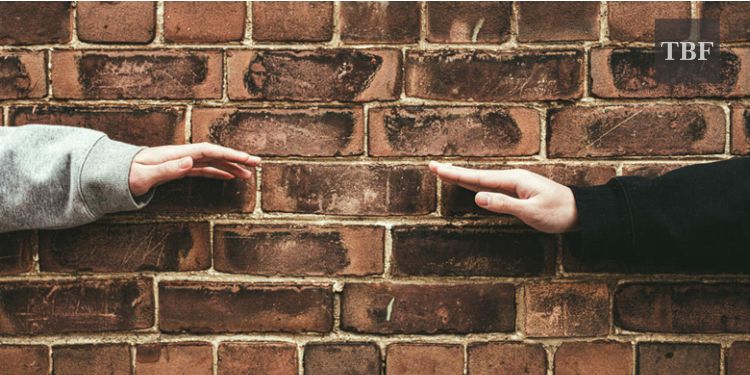Information from the Spanish Flu pandemic proposes that exacting social removal and different measures eased back sickness spread and diminished death rates by as much as half in urban communities that pre-owned them. That is the decision of an examination survey of three papers from 1918-19 looking at U.S. urban communities’ ways to deal with confronting a pandemic that contaminated almost 33% of the total populace and murdered 50 million individuals.
At that point, as now, not every person concurred that early, prohibitive social-separating measures were the best arrangement for containing the pandemic. Some U.S. urban areas did pretty much nothing, while others forced exacting estimates similar to what a few states and urban communities are endeavoring now to control the spread of COVID-19.
An investigation of information from three research papers dating to the Spanish Flu pandemic shows that urban communities with right on time, expansive based measures all in all had between 30%-half lower sickness and death rates contrasted with urban areas that didn’t take comparative activities. Measures embraced by urban areas that effectively eased back the illness included forbidding mass social events, shutting schools and places of worship, and commanding sterilization and cleanliness strategies.
The Spanish Flu pandemic killed an expected 675,000 Americans, yet that was likewise a very different time in our history. As Pambuccian composes, a significant part of the U.S. lived with “neediness, poor nourishment, poor cleanliness, family unit/network level swarming, and an absence of planning of the populace and leaders because of psychological idleness and poor clinical and inadequate nursing care.”
The world—quite a bit of which was additionally at war—didn’t have the web or web based life and data streamed at a drastically more slow pace than today. News about what was spreading on the east shoreline of the U.S. wasn’t quickly accessible to everybody on the west coast, to avoid mentioning to what extent it took for news to spill out from nation to nation.
However, the standards of containing viral spread applied then as they do now, and in spite of “suspicion that these strategies were really working… they clearly made a distinction,” Pambuccian composes. And keeping in mind that the Spanish Flu pandemic was commonly deadlier than COVID-19, techniques for dealing with our emergency can straightforwardly profit by realizing what neutralized the most deadly pandemic in present day history.
“Despite the fact that the world is a vastly different spot than it was 100 years prior, the adequacy of the measures founded during the 1918-19 pandemic gives us trust that the present estimates will likewise confine the effect of the COVID-19 pandemic.”
The audit was distributed in the Journal of the American Society of Cytopathology.









